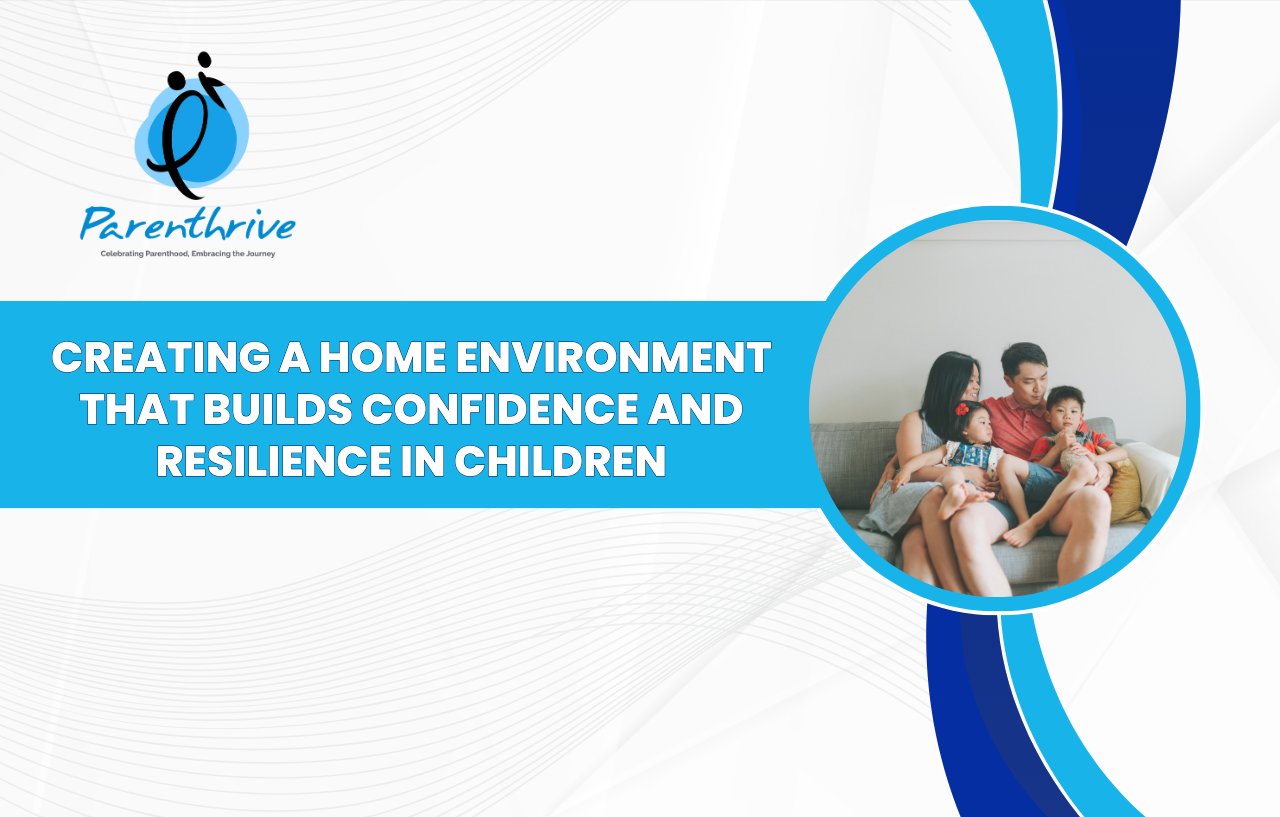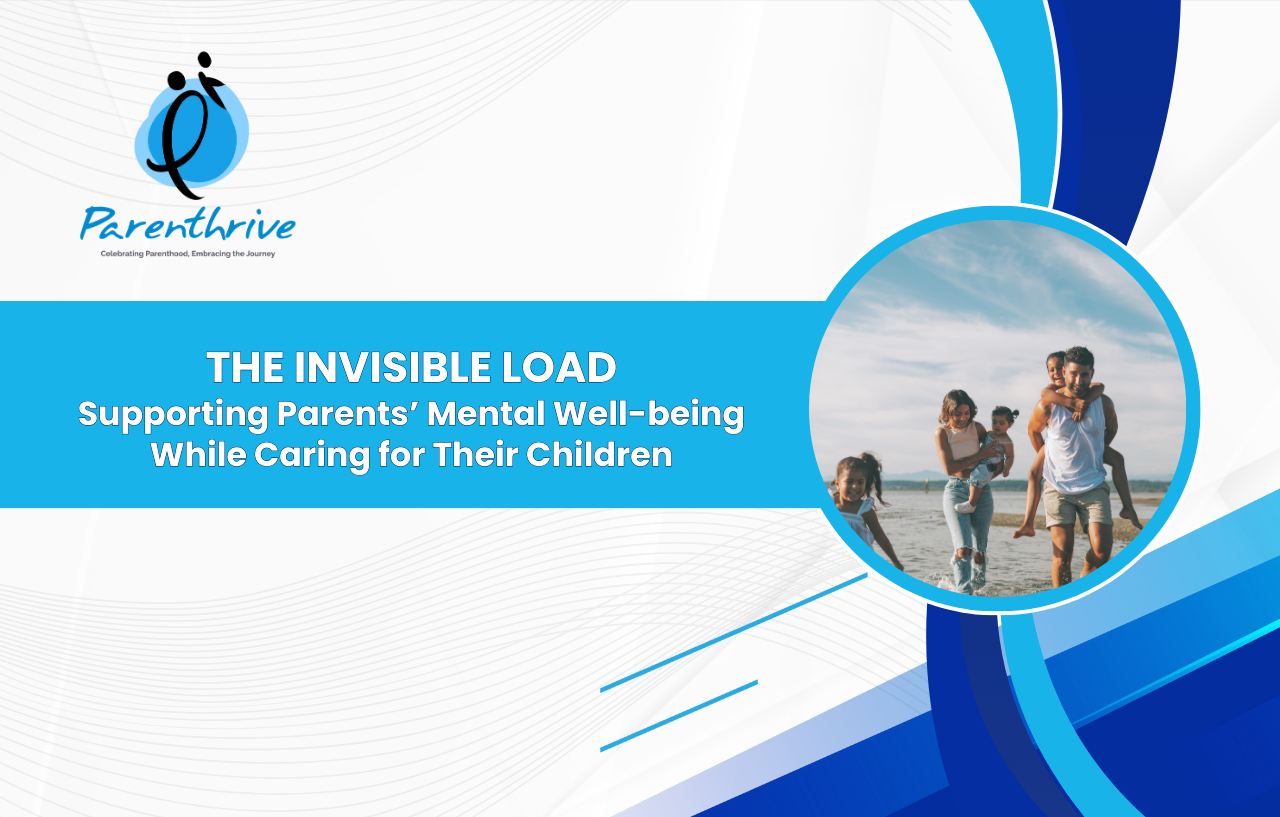Latest Article

Creating a Home Environment That Builds Confidence and Resilience in Children
A child’s confidence and emotional strength begin at home. The way caregivers connect, communicate, and respond plays a key role in shaping their well-being.
Supportive home environments help children handle challenges, express themselves, and develop healthy coping skills. Home becomes the first space where they learn to trust, speak up, manage emotions, and bounce back from setbacks.
Why the Home Environment Matters
The tone of a household influences how children see themselves and the world. When parents lead with empathy and presence, they create a secure base for growth. A calm, connected home supports emotional regulation and resilience.
Parenting doesn’t require perfection, just mindfulness. Small, intentional actions like listening fully or pausing before reacting help children feel safe and understood.
Practical Ways to Nurture Confidence and Resilience
- Predictable routines provide stability.
- Open dialogue encourages emotional expression.
- Modeling calm responses teaches emotional control.
- Praising effort builds persistence.
- Encouraging independence strengthens self-trust.
Parent Reflections
Many caregivers feel overwhelmed, but even small, mindful actions such as a hug, patient response, or shared moment can build a child’s sense of belonging and strength.
Presence matters more than perfection. Slowing down to connect makes a lasting difference.
Looking Forward
Raising confident, resilient children is a journey. It starts with awareness, grows with intention, and thrives in everyday connection.
With support and reflection, families can build homes where children grow emotionally strong ready to face life with courage and compassion.






